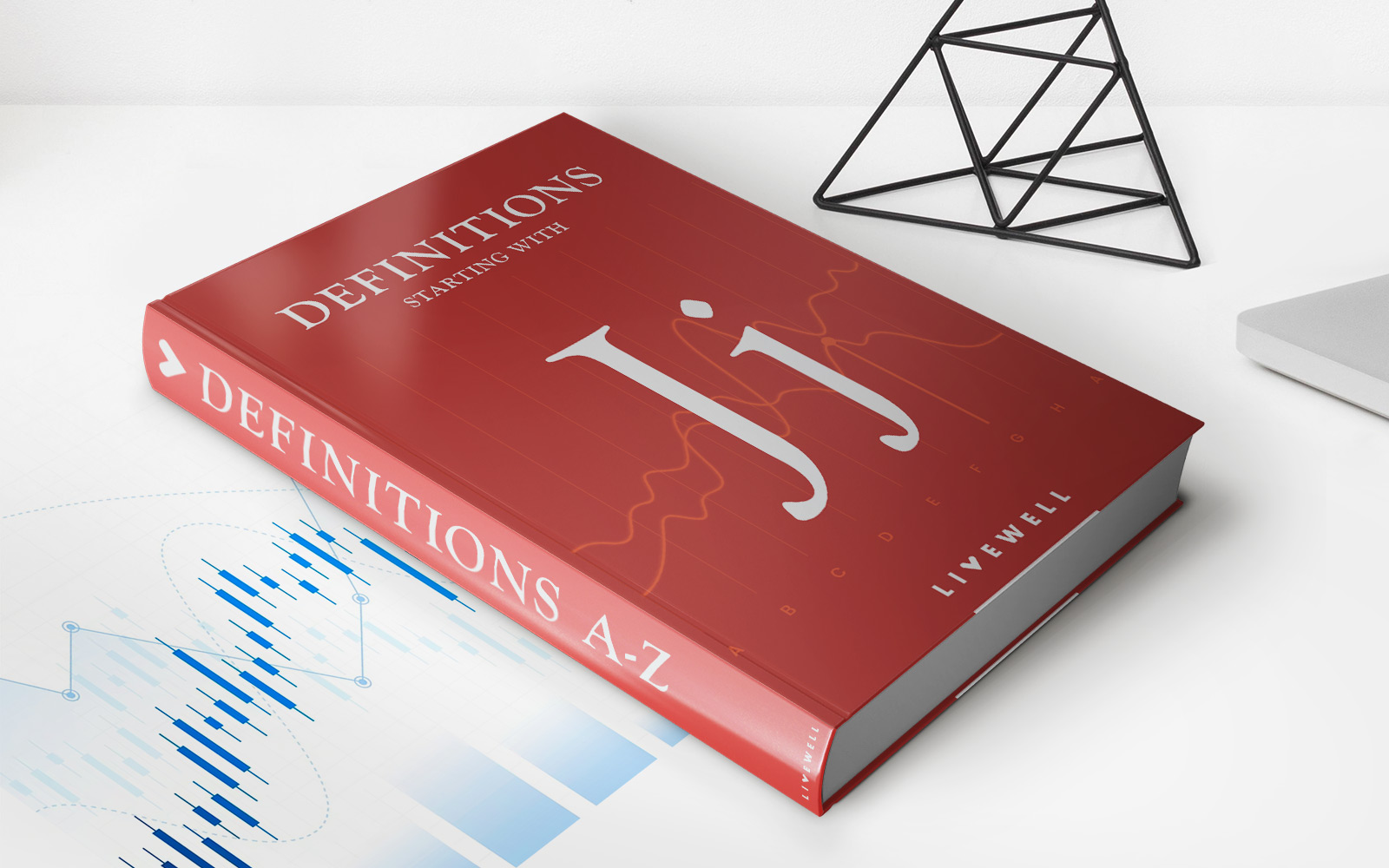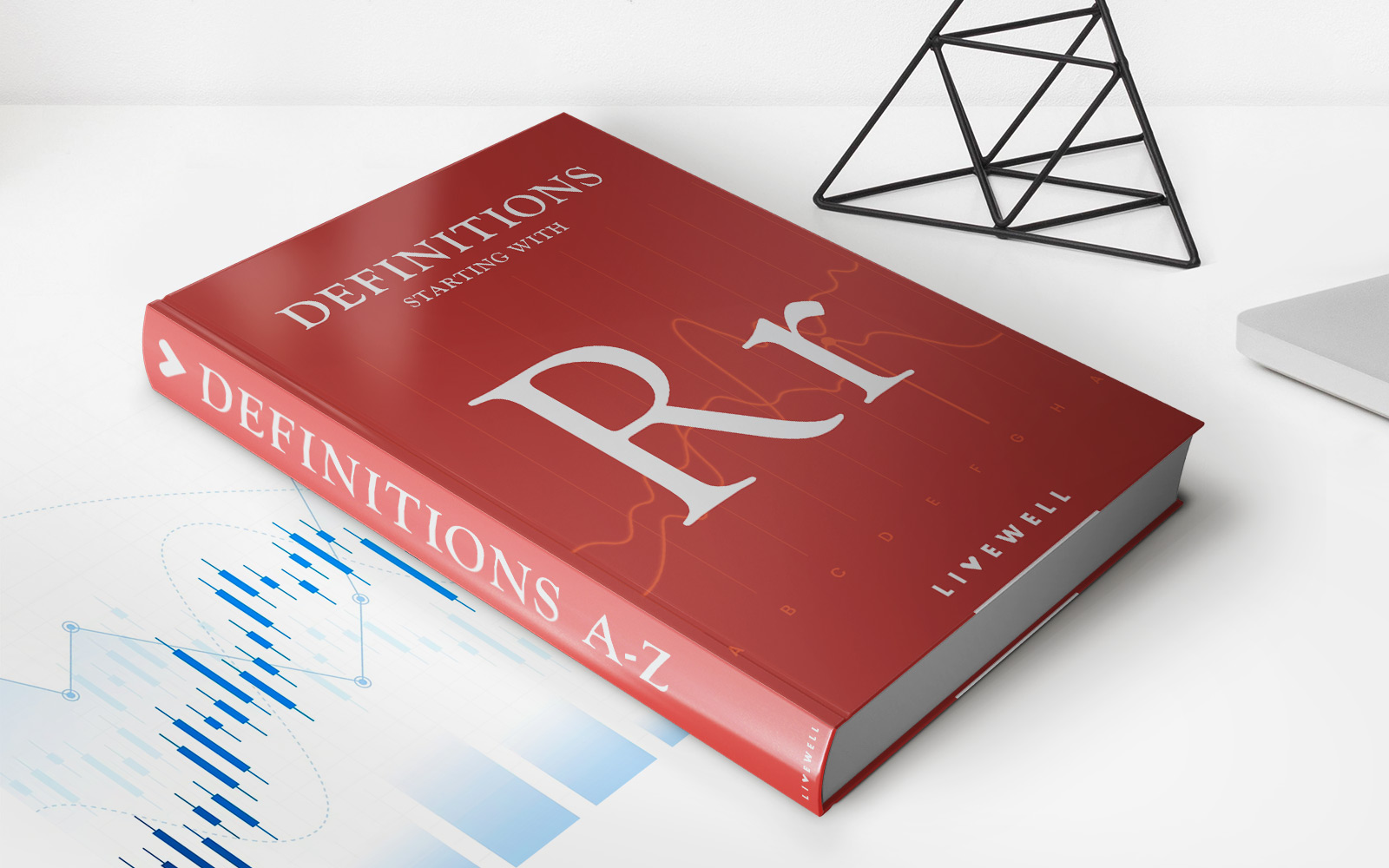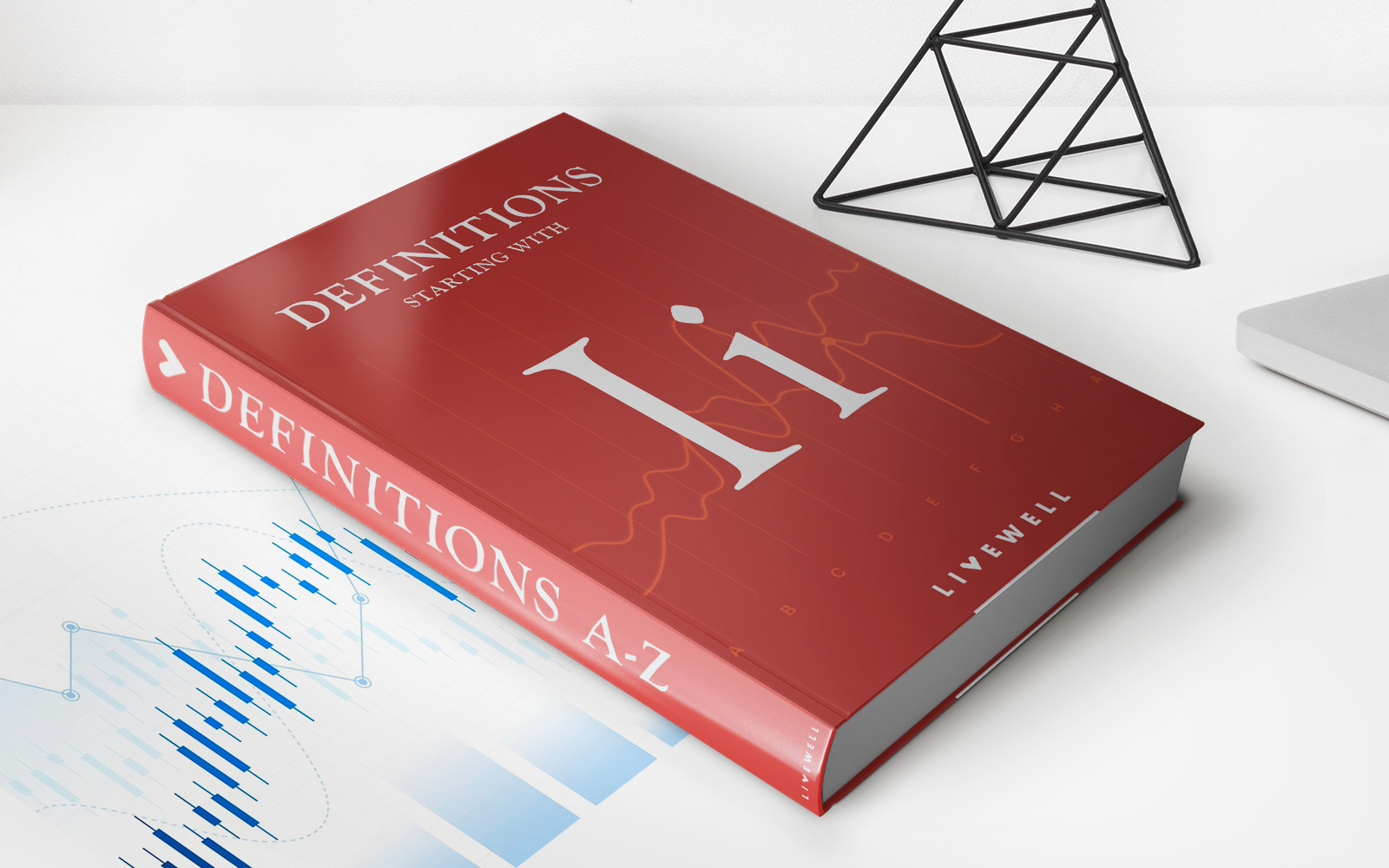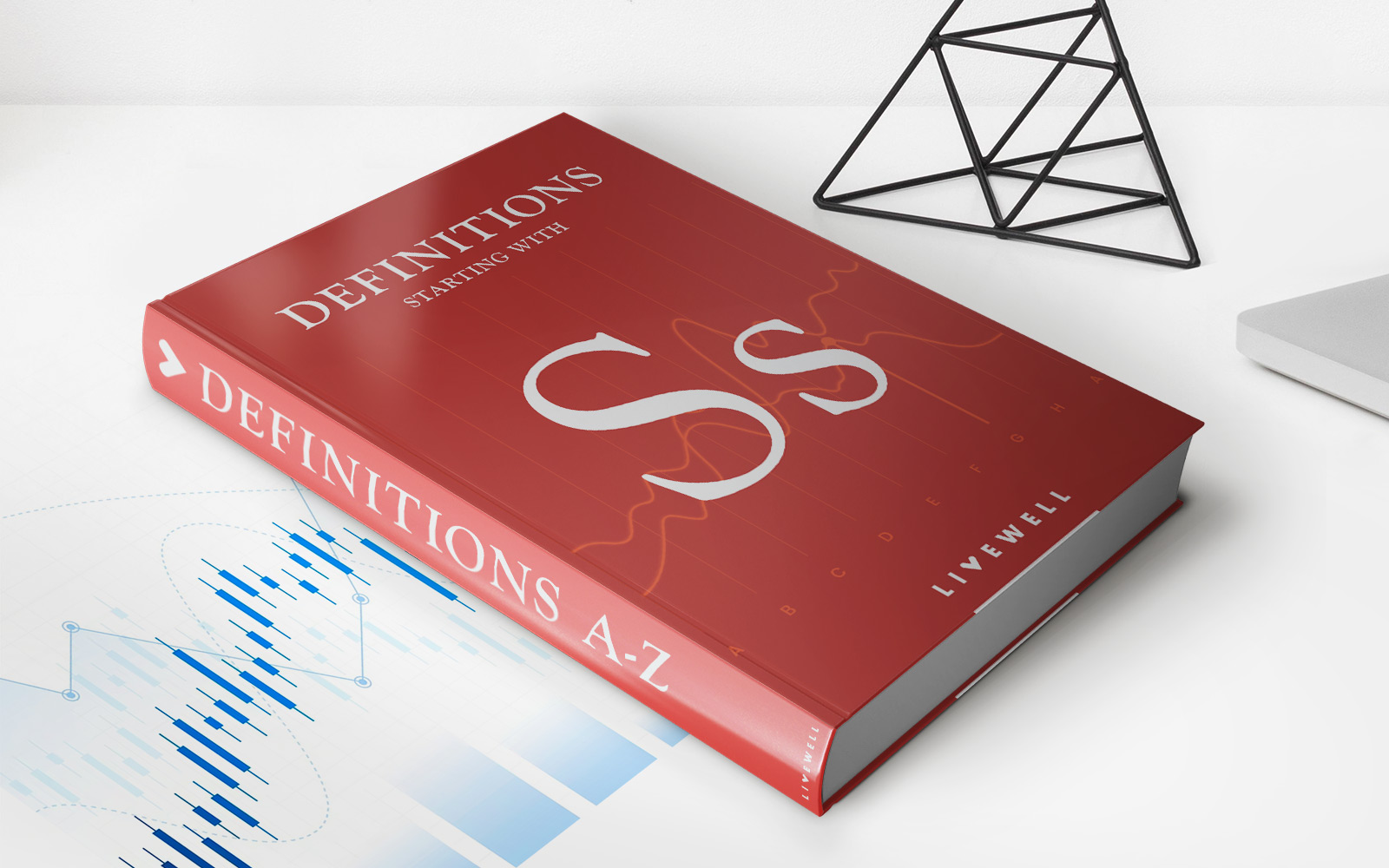Home>Finance>J Curve: Definition And Uses In Economics And Private Equity


Finance
J Curve: Definition And Uses In Economics And Private Equity
Published: December 14, 2023
Learn the meaning and applications of the J Curve in finance, including its significance in economics and private equity. Discover how this concept impacts investments and financial growth.
(Many of the links in this article redirect to a specific reviewed product. Your purchase of these products through affiliate links helps to generate commission for LiveWell, at no extra cost. Learn more)
What is the J Curve in Economics and Private Equity?
Have you ever heard of the J curve in economics or private equity? If not, don’t worry, you’re not alone. The J curve is a concept that has gained significant attention in these fields due to its ability to explain and visualize certain phenomena. In this article, we will explore the definition and uses of the J curve in both economics and private equity, shedding light on why it’s an important concept to understand.
Key Takeaways
- The J curve is a graphical representation of the relationship between time and economic performance.
- It is shaped like the letter ‘J’ because it shows a temporary decline in performance followed by an upward slope.
The J Curve in Economics
In economics, the J curve refers to the pattern of a country’s trade balance after a depreciation of its currency. Let’s break it down into simpler terms:
- A country’s currency depreciates, meaning it becomes weaker compared to other currencies.
- This depreciation initially leads to an increase in the prices of imported goods.
- As a result, the country’s imports become more expensive, leading to a decline in the quantity of imports.
- However, over time, the decline in imports is outpaced by the increase in exports.
- This leads to an improvement in the country’s trade balance and a shift upwards in economic performance.
In summary, the J curve in economics demonstrates how a temporary decline in the trade balance can eventually lead to an improvement in economic performance. This pattern is often seen in countries undergoing currency depreciation as they strive to rebalance their trade.
The J Curve in Private Equity
In the realm of private equity, the concept of the J curve takes on a slightly different meaning. Here, it refers to the graphical representation of a fund’s performance over time.
- When a private equity fund is formed, there is an initial period where the fund manager needs to invest the committed capital.
- During this period, the fund incurs various expenses, such as management fees and transaction costs.
- As a result, the net asset value of the fund may decrease initially, leading to a temporary decline in performance.
- However, as the fund manager makes investments and exits those investments at a profit, the fund’s performance begins to improve.
- This upward trajectory is what gives the graph its distinctive J shape.
The J curve in private equity highlights the fact that, in the early stages of a fund’s life, there may be a period of underperformance before the investments start generating substantial returns.
Conclusion
The J curve is a valuable concept in both economics and private equity. By understanding the pattern it represents, we can gain insights into the relationship between time and performance in various contexts. Whether it’s analyzing a country’s trade balance or the performance of a private equity fund, the J curve provides a useful framework for understanding the dynamics at play.














